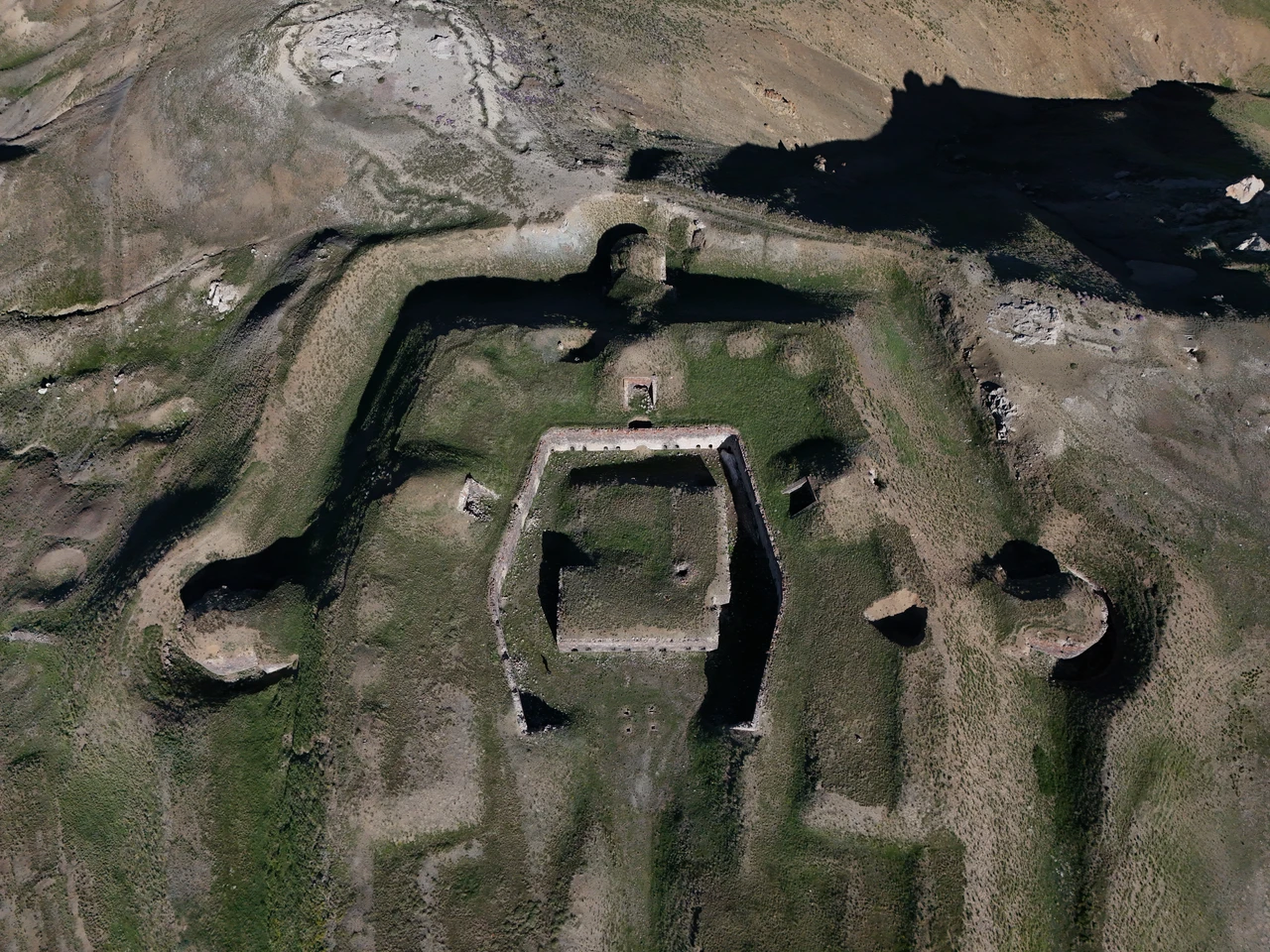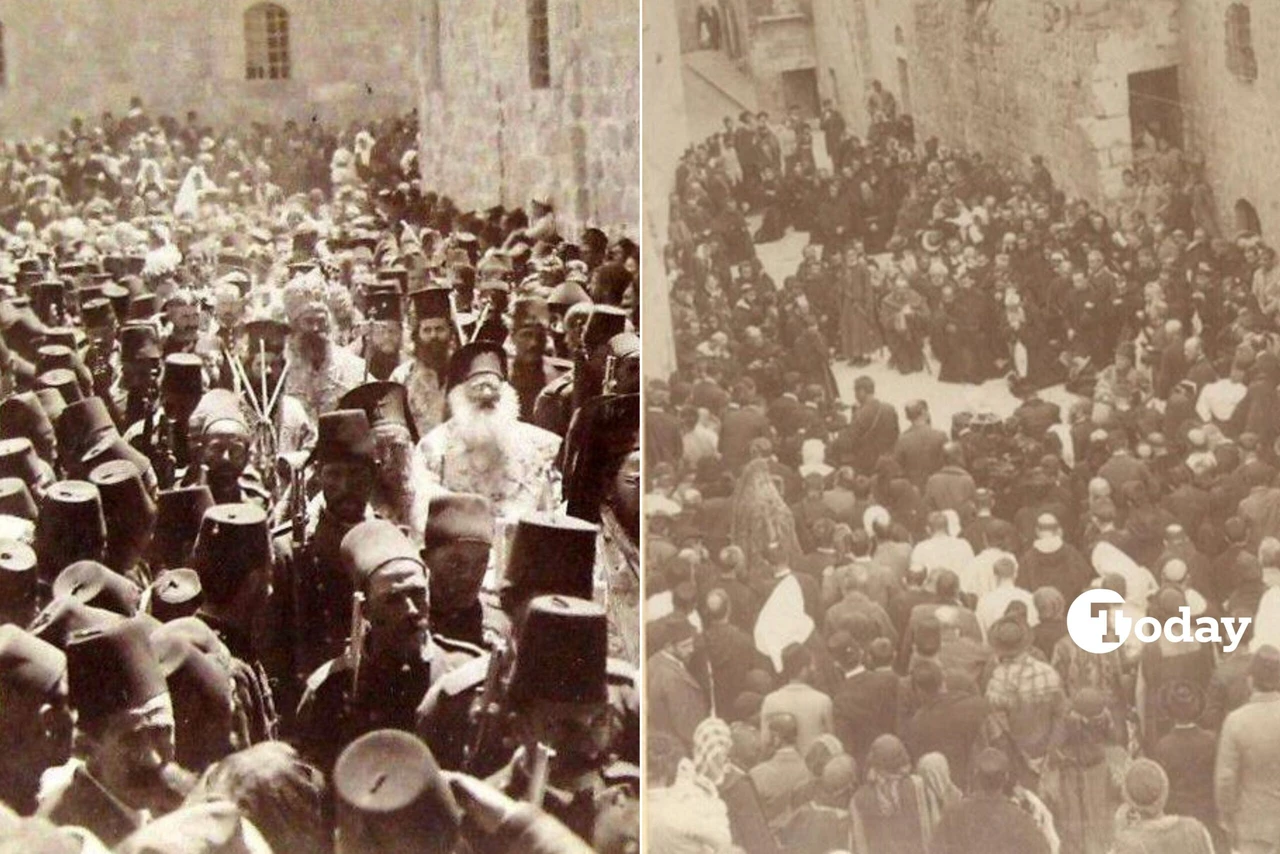Small Palandoken Fortress preserves its historical grandeur in Türkiye’s Erzurum
 Small Palandoken Fortress, Erzurum, Türkiye, August 6, 2024 (AA Photo)
Small Palandoken Fortress, Erzurum, Türkiye, August 6, 2024 (AA Photo)
Perched at 3,000 meters on Palandoken Mountain, the Small Palandoken Fortress, built during the reign of Sultan Abdulhamid II, continues to stand as a testament to its historical splendor.
Constructed between 1884 and 1896, this fortress highlights the strategic significance of the region.
Historical, architectural features
The Small Palandoken Fortress was designed to control the valley south of Palandoken Mountain and the Palandoken Pass leading to Erzurum.
The fortress, designed by Sahap Pasha, features 27 rooms including headquarters, barracks and artillery rooms. Notably, there is an unknown structure located to the left of the entrance.
The fortress’s covering system comprises barrel vaults.
Four doors open from the barrack section to the courtyard, and access to the artillery rooms is provided via ramps located on either side of the courtyard entrance.

Modern imagery, preservation
Today, the fortress’s historical grandeur is preserved, and detailed aerial footage has been captured using drones.
The images, shared by the Erzurum Governorate on social media, reveal the fortress’s architectural features and historical significance.
In addition to the Small Palandoken Fortress, Erzurum hosts several other fortresses from the era of Sultan Abdulhamid II, including Mecidiye, Aziziye, Uzunahmet and others, which contribute to the city’s rich historical heritage.
The Small Palandoken Fortress remains a significant cultural landmark, offering visitors a glimpse into the past and enriching Erzurum’s historical landscape.



